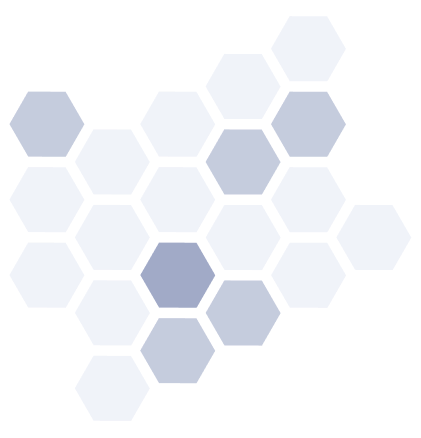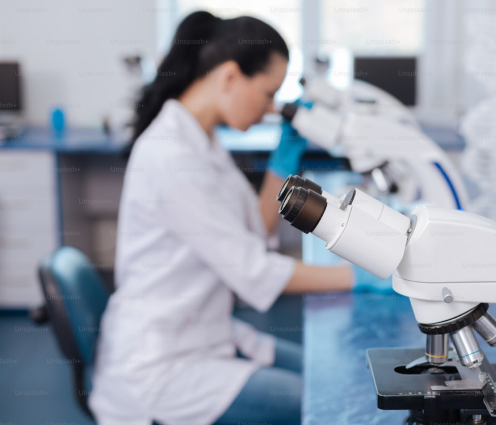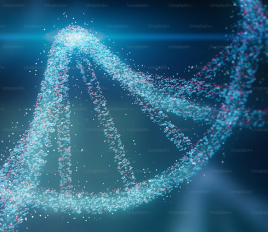

The ability to detect disease earlier and more accurately has always been the holy grail of medical diagnostics. Every breakthrough in this field, from blood testing to genomic sequencing, has shifted the balance in healthcare away from treatment and towards prevention. As we look towards 2030, the pace of innovation suggests that the next decade will bring profound changes in how, when, and where diseases are detected. For diagnostics companies, policymakers, and healthcare providers, the future of early detection represents both an extraordinary opportunity and a significant responsibility.
A Decade of Convergence
By 2030, diagnostics will no longer be defined by single technologies operating in isolation. Instead, we are entering an era of convergence, where artificial intelligence, genomics, digital health platforms, and advanced imaging will work in synergy. The integration of these tools will enable earlier, more accurate detection of conditions ranging from cancer to cardiovascular disease and neurodegenerative disorders.
Imagine a world in which a patient’s wearable device monitors subtle changes in heart rhythm, while AI algorithms interpret the data in real time, flagging the earliest signals of atrial fibrillation before any symptoms appear. Or where liquid biopsy tests, paired with genomic sequencing, can detect circulating tumour DNA at stage zero. By 2030, these scenarios are likely to become mainstream realities.
The Role of Artificial Intelligence
Artificial intelligence will be central to diagnostics in 2030. Its ability to analyse vast datasets quickly and accurately will transform both laboratory and point-of-care testing. AI-driven diagnostic platforms will not just provide results; they will predict risks, guide clinical decision-making, and even recommend personalised interventions.
A clear example is an AI-enabled stethoscope developed by Imperial College in collaboration with Eko Health, a transformative development within cardiovascular diagnostics in primary care. The device records both heart sounds and ECG signals, uploading them to the cloud for AI analysis. In a UK trial involving around 12,000 symptomatic patients, it doubled the rate of heart failure diagnosis, tripled detection of atrial fibrillation, and nearly doubled detection of valve disease - all in just 15 seconds. What makes this innovation particularly significant is its ability to upgrade a centuries-old tool with advanced diagnostic capability, shifting early detection upstream into general practice. By embedding AI into a device that clinicians are already familiar with, it not only accelerates adoption but also demonstrates how traditional tools can be reinvented to meet modern healthcare challenges.
The current challenges around algorithm bias, data privacy, and regulatory approval will not disappear overnight. However, the trajectory is clear: AI will be embedded across the diagnostic ecosystem, acting as a partner to clinicians rather than a replacement. The key will be transparency, validation, and maintaining patient trust in AI-driven insights.
Early Detection Through Genomics
Genomics has already begun to reshape early detection, but by 2030, its potential will be far greater. Falling costs in sequencing, combined with advances in bioinformatics, will make whole genome testing routine in many healthcare systems. This will open the door to screening for predispositions to cancer, rare genetic diseases, and metabolic disorders long before symptoms appear.
Importantly, genomics will not operate in isolation. The integration of genomic data with environmental and lifestyle factors, enabled by digital health platforms, will create powerful predictive models. This move towards polygenic and multi-omic risk scoring will allow for a much more nuanced understanding of individual health trajectories, enabling highly personalised prevention strategies.
Diagnostics at the Point of Living
The hospital and laboratory will no longer be the primary centres for diagnostics. By 2030, early detection will take place in the settings where people live and work. Miniaturised diagnostic devices, advanced biosensors, and home-based testing kits will make routine monitoring as simple as checking a smartphone app.
This shift towards “diagnostics at the point of living” will dramatically improve accessibility and convenience. It will also help address long-standing challenges of health inequity by reaching populations who may struggle to access traditional healthcare services. However, it raises new questions about quality control, health literacy, and data governance that industry leaders must be prepared to tackle.
Data as the New Diagnostic Currency
The sheer volume of data generated by continuous monitoring, genomics, and AI platforms will be unprecedented. By 2030, managing this flood of information will be one of the biggest challenges in healthcare. Interoperability, cybersecurity, and patient consent frameworks will need to evolve to ensure that data can be shared securely and meaningfully across health systems.
Crucially, the value of data will depend on how well it is turned into actionable insights. Diagnostics companies will need to collaborate closely with clinicians, regulators, and technology providers to ensure that patients receive not just more information but better outcomes.
Economic and Regulatory Shifts
The economic case for early detection will become ever stronger by 2030. Preventing advanced disease through timely diagnosis has the potential to save billions for healthcare systems worldwide, particularly in the context of ageing populations and rising chronic disease burdens.
Regulators are likely to keep pace with this shift by adapting frameworks for digital diagnostics, AI-driven platforms, and genomic testing. Procurement processes, particularly within systems such as the NHS, will increasingly favour technologies that can demonstrate both cost-effectiveness and real-world impact on patient outcomes. Companies that align innovation with these value-based models will be the ones to thrive.
Patients at the Centre
A defining feature of diagnostics in 2030 will be the empowerment of patients. No longer passive recipients of test results, individuals will have greater access to their own health data and more influence over how it is used. The role of patient engagement, education, and trust-building will be pivotal in ensuring that early detection technologies are adopted successfully and equitably.
The cultural shift towards proactive health management - where individuals routinely monitor their risk factors and act before symptoms emerge - will transform healthcare delivery. Diagnostics companies that place patients at the heart of their design and communication strategies will stand apart as leaders.
The Road Ahead
The next decade holds extraordinary promise for early detection. Diagnostics in 2030 will be defined by technologies that are smarter, faster, and more predictive than ever before. Yet, the real measure of progress will not be the sophistication of the tools themselves but the outcomes they enable: longer lives, reduced suffering, and more sustainable healthcare systems.
To achieve this, collaboration across the ecosystem is essential. Industry, academia, regulators, and patient groups must work together to ensure that innovation is matched by responsibility, accessibility, and trust.
The story of diagnostics in 2030 is ultimately one of hope. With the right vision and investment, we are on the cusp of an era where diseases are caught not late but early, where treatment is not reactive but preventive, and where healthcare systems are no longer overwhelmed by avoidable crises. The future of early detection is within reach, and it promises to redefine what it means to keep people healthy.


Looking for a New Role – or Searching for Top Talent? Let’s Talk
Whether you're exploring your next career move or looking to hire skilled professionals, HRS is here to help.
We connect ambitious individuals with exciting opportunities across science, technology, and innovation-led sectors. From early careers to executive search, our expert recruiters work closely with both candidates and employers to ensure the perfect match.
If you're hiring, we’ll help you find the right people. If you’re job hunting, we’ll help you take the next step. Browse our latest jobs or get in touch to find out how we can support you.

